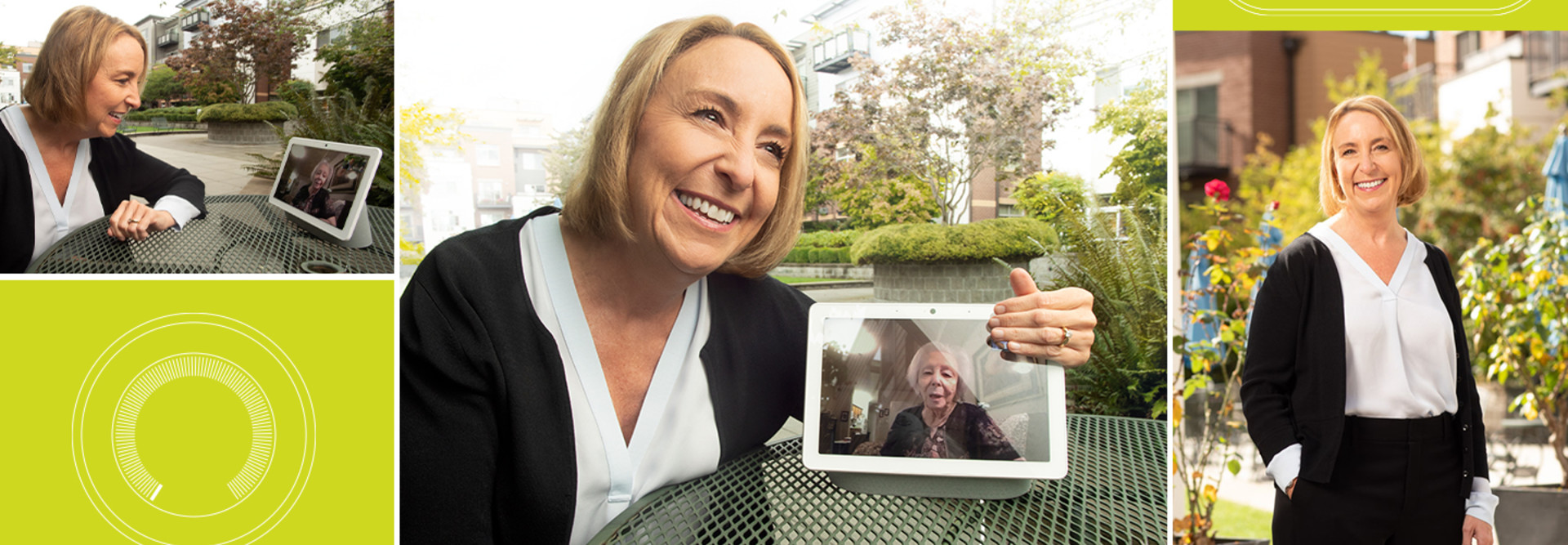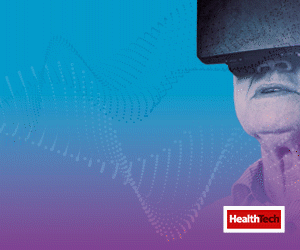But the visual technology has offered a special lifeline to older adults, who are the most vulnerable to the virus.
“One of the positive things to come out of COVID was this videoconferencing boom,” says Scott Smith, director of education and experience at Atlanta-based Thrive Senior Living, which has communities in Alabama, Georgia, Texas and along the East Coast. “We’ve even been connecting people to family members that they hadn’t been seeing regularly before the virus.”
The shift is widespread, according to the American Health Care Association’s National Center for Assisted Living.
“Nursing homes and assisted living communities are making every effort to keep residents connected to their loved ones, their doctors and specialists, and the community at large during the pandemic, and technology is playing a major role in safely facilitating this,” says association spokesperson Beth Martino, adding that additional help from policymakers could support more long-term investments.
From a Perk to a Priority
Thrive’s newest community, Tribute at Black Hill, in Germantown, Md., opened its doors on March 2 only to have to close to visitors 10 days later.
“There are some families who had never even been inside the building,” says Jodie Edwards-Taylor, president of Tribute at Black Hill. “So, we look at creative ways to make sure that the families get to at least visit virtually with their mom or dad,” she says.
Both Thrive and Merrill Gardens helped residents make videoconferencing calls before the pandemic, but only on an informal basis and infrequently. Once the pandemic hit, Thrive staffers found helping residents make video calls became their most time-consuming task: They’d have to find a spare tablet or smartphone, set up the call and stay throughout the conversation in case there were technical issues.
“We wanted to do something that was more resident-driven versus team member-driven, where a family member felt they could make a call anytime to check in on mom or dad, and the resident felt they could make a call out anytime,” explains Smith.
That was the plan even before the March shutdown. Smith had a trip planned to Tribute at Black Hill, where he was set to launch a pilot using the Amazon Echo Show — an all-in-one smart speaker and 7-inch touch screen that can conduct video calls. His flight was canceled because of the virus, so the community kicked off an informal launch.
Thrive chose the Echo Show because of its cost-effectiveness and simplicity. Residents can tell the voice-activated devices what they want them to do instead of having to find and click on different apps, says Smith.
The Nest Hub Max, a smart display, is also voice-activated, and Google customized them to meet the needs of Merrill Gardens users.
Teams interviewed Merrill Gardens staff, residents and family members to understand their familiarity and comfort level with new technologies, and they worked with CDW to tap into its expertise of providing technology for active adult populations, says Heather Clancy, global enterprise partnerships lead for Google’s devices and services team.
“We also learned how effective it was to identify a champion within the community to help get their peers excited about learning a new technology,” she adds.
Tana Gall, president of Merrill Gardens — which operates communities in Washington and 19 other states nationwide — believes videoconferencing will soon be the norm in senior living.
“I think before, we thought of it as a luxury that would be a neat thing to have,” she says. “Today, we’re seeing it as more of an essential. It’s been a game changer in keeping residents connected.”
Looking Ahead and Planning for Tomorrow
In designing a solution for Merrill Gardens, Google teams focused on simplifying deployment for administrators — including enabling remote fleet management and a custom administrative console — and making the devices as relevant and easy to use as possible for a senior population, Clancy explains.
For instance, they use a larger font size and offer a hands-free experience for seniors with dexterity or hand mobility issues that make it hard to hold a smartphone or tablet.











